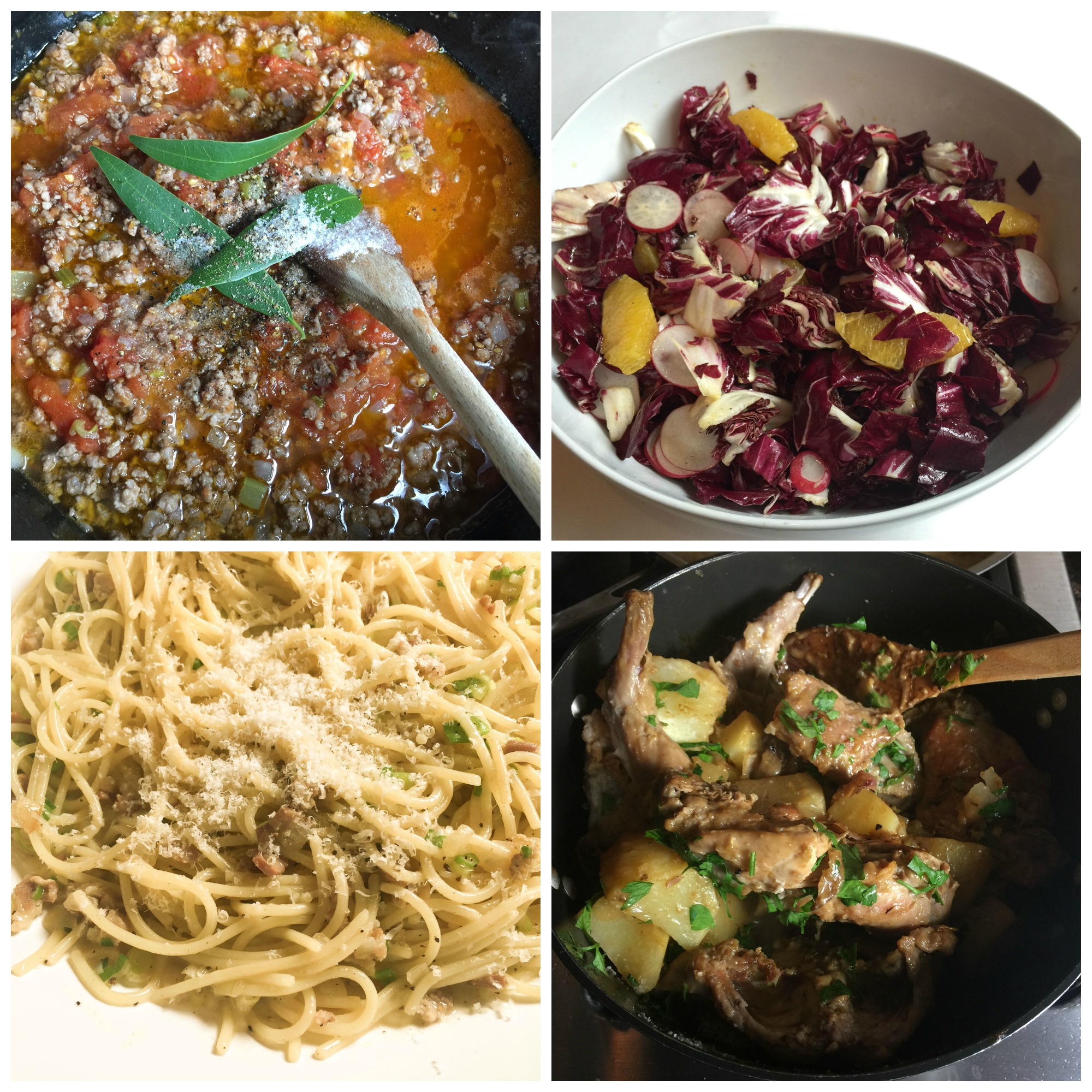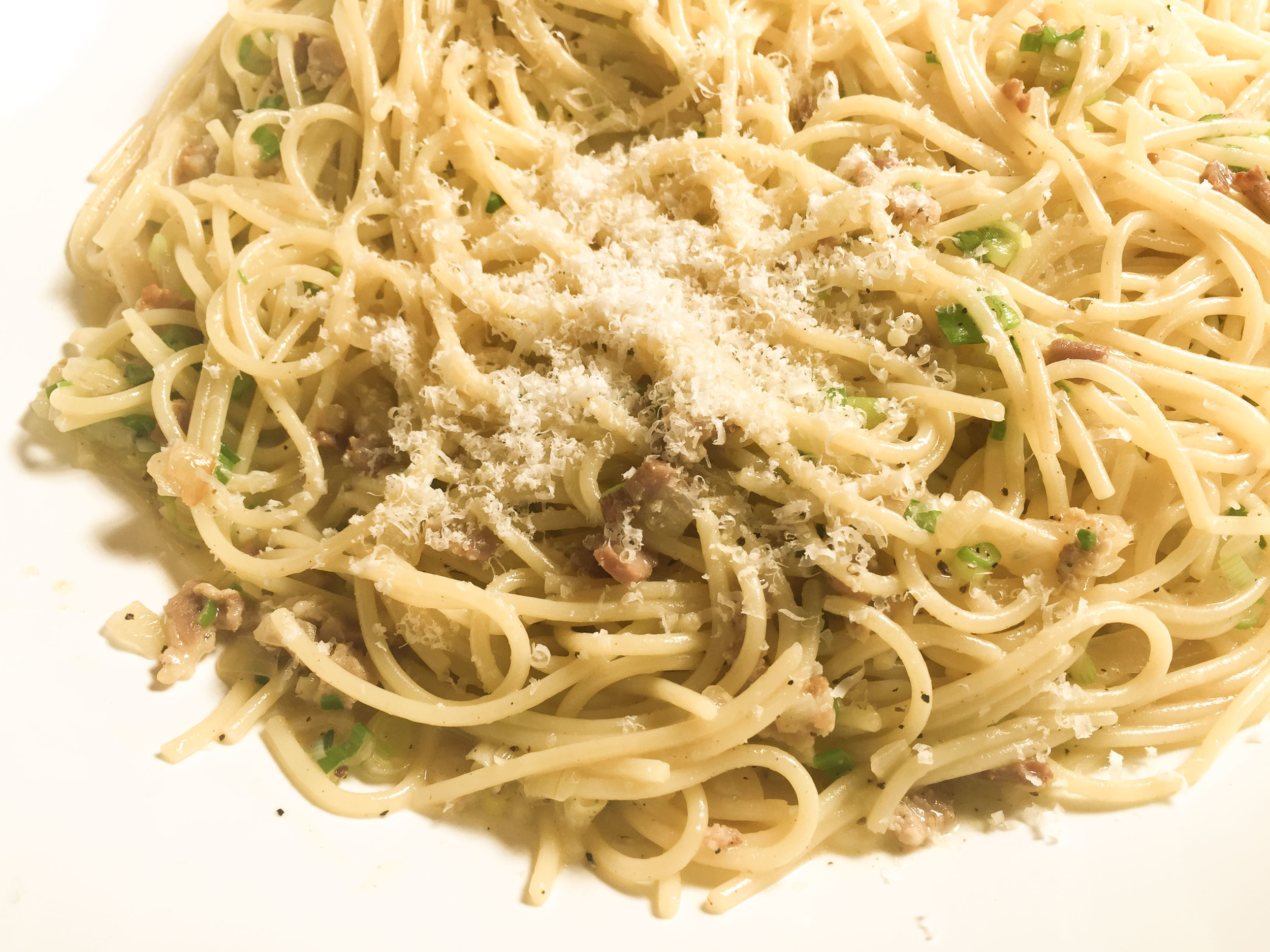EDITOR’S NOTE: We reviewed this book shortly after it was published, on February 28, 2016. We have come back to it again and again since then; it has very much shaped up to be a classic. Here’s our 2016 review.
"Everything you need to know to be a great Italian cook." That's the subtitle of Lidia Bastianich's Lidia's Mastering the Art of Italian Cuisine. Hard to resist, right?
Here's the short review: Bastianich's book is a new classic – something you'll want on your shelf as a reference, a manual and (perhaps to a lesser degree) a source of inspiration. Want to hear more? Read on.
The book is particularly strong on technique, and on offering thoughtful variations on basic recipes, like ragù alla Bolognese. And it's comprehensive: I found every classic recipe I sought, including saltimbocca. The recipes work, and they're generally delicious – as wonderful as they look in the photos.
You may know Lidia Bastianich from her PBS show, Lidia's Italy, or from one of her New York restaurants, Felidia, or Esca, Becco or Del Posto (which she co-owns with her son Joseph Bastianich and Mario Batali). She's also one of the forces behind the Eataly empire.
If you're an American home cook who has been in the game a long while, Lidia's Mastering may remind you of another classic: Marcella Hazan's The Classic Italian Cookbook, or her the Essentials of Italian Cooking (The Classic Italian Cookbook and More Classic Italian Cookbook together in one volume).
Both are encyclopedic works that take a no-nonsense approach. Both do without photography, relying instead on black-and-white drawings as illustration. I have to admit I'm a wee bit disappointed in the antipasti offerings in Lidia's Mastering, just as I've always been with Hazan's book. I do want to make Bastianich's chicken liver crostini sometime soon, though, and once summer rolls around, I'll definitely turn to her zucchini blossoms filled with fresh ricotta perfumed with lemon zest (doesn't that sound good?).
I've tested six recipes from the book, and loved five of them.
One of my favorites is rabbit in gremolata. A few weeks before I made it, I'd noticed some nice-looking frozen rabbits at Whole Foods, so I picked one up. I had no idea what I'd do with it, so I was happy to find, when this cookbook landed in my mailbox at work, not one but three recipes for rabbit. Besides the gremolata, there's also rabbit with sage and rabbit stew with mushrooms and pine nuts (both sound delicious, too).
It's easy to put together: Brown the rabbit, braise the legs in white wine and lemon juice, then add the rest of the rabbit plus some potatoes, cook some more, add parsley and serve. I had one small issue with the recipe: not quite enough liquid; I added half a cup of chicken broth about halfway through the cooking.
Friends came to dinner that night, and we all loved it. My friend Habib loved it so much he bought the book the very next day.
Want to try it? Here's the recipe:
Dinner started with a salad, then we had Bastianich's spaghetti alla carbonara as a middle course. No foolin' around when I'm testing recipes: You must come hungry!
Spaghetti carbonara, the pasta coated in a silky sauce of eggs, bacon and cheese, is a great dish to make at home, because when made right, it's so wonderful, and it's so often botched in restaurants. (Dudes – there is no cream in carbonara!) You want the egg yolks to cook just slightly, and very evenly; you don't want to end up with spaghetti and scrambled eggs. Bastianich has a good way to achieve a wonderful, silky sauce: she has you whisk a little hot water into the egg yolks, which ensures even, slight cooking. Her technique is easy, and the recipe – which includes sliced scallions (unconventional!) – turned out perfect. It's killer comfort food.
I haven't yet tried any of Bastianich's appetizers, but there are quite a few wonderful-sounding salads, like one with dandelion greens, almond vinaigrette and ricotta salata (I'll definitely be making that soon – maybe even tonight!). Roasted beets with beet greens, apples and goat cheese sounds nice; I love the idea of using the beet greens. A shrimp and mixed bean salad sounds wonderful, and so does lobster salad with fresh tomatoes – something to make us wish for summer.
I didn't, alas, love the one I wound up making: radicchio salad with orange, radishes and oil-cured black olives. It struck me as so perfect for a wintry day.
It was OK, but the radicchio was unrelenting; there was just too much of it.
But that was the only dish I didn't flip for. I loved that Bastianich offers three versions of Bolognese sauce – including one with milk (I'll try that next!) – plus an Italian-American meat sauce. I went for one she called, simply, meat sauce Bolognese (sugo alla Bolognese). It calls for half pork and half beef and two to three hours of simmering time – "the longer you cook it," she writes, "the better it will become."
I cooked mine about two hours and twenty minutes, and it was superb. This, too, I served with spaghetti. Not the same night! This one I made for Wylie and his friend Michael, who's half-Italian. Michael gave it the stamp of approval.
Feeling like I had hit the basics pretty well, I thought I'd stop there and write the review.
But then I thought I should try cooking something that really required technique. I've made fresh pasta a jillion times; while it's labor-intensive, there's nothing tricky about it. But what about gnocchi? I attempted potato gnocchi once or twice a hundred years ago, but definitely didn't master it. If Bastianich could teach me to make great gnocchi, that would be something.
My friend Shaun was coming over for dinner. She loves to cook, so I thought she'd enjoy helping me make them. We had a great time: The dough – basically boiled potatoes you put through a ricer then combine with eggs and flour – came together quickly and beautifully. We rolled it into half-inch ropes, cut them into half-inch pieces, rolled them over the tines of a fork (though we also tried using a little wooden gnocchi paddle I had in my drawer – we liked the fork better). They were beautiful, as you can see. They seemed to be perfect! How exciting! And then how disappointing when they nearly dissolved in the boiling water. I dropped them into butter-sage sauce. Great flavor, but they were soft as mush.
Hm. What was the problem?
Aha. It was sort of my fault, and sort of the book's fault. The recipe called for six large Idaho or russet potatoes, "about 2 1/4 pounds." I had six, but I hadn't weighed them – my bad. The proportion was way off: I had far too much potato for the amount of flour called for, three cups.
A few nights later, I rolled up my sleeves and attempted the gnocchi again: This time going by the potatoes' weight rather than the number of potatoes. Six large russets weighed a whopping five pounds! That was the problem. I used 2 1/4 pounds, as Bastianich called for – which was a little less than three large russets. (And these were the smallest ones I could find, not whoppers by any stretch!). Once again, the dough came together beautifully, but this time, they held together.
In fact, they were wonderful, light yet firm. Tossed in the butter and sage sauce with plenty of grated parm, oh, man — that's comfort food. It involved some work, for sure, but rolling out those puppies was soothing, even therapeutic. Definitely fun to make with a friend. Or a child learning to cook.
RECIPE: Spaghetti alla Carbonara
RECIPE: Potato Gnocchi with Butter and Sage Sauce








